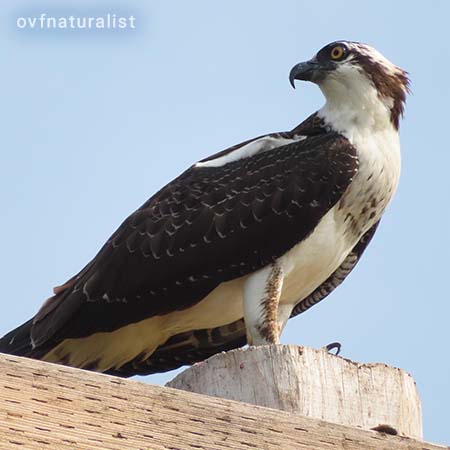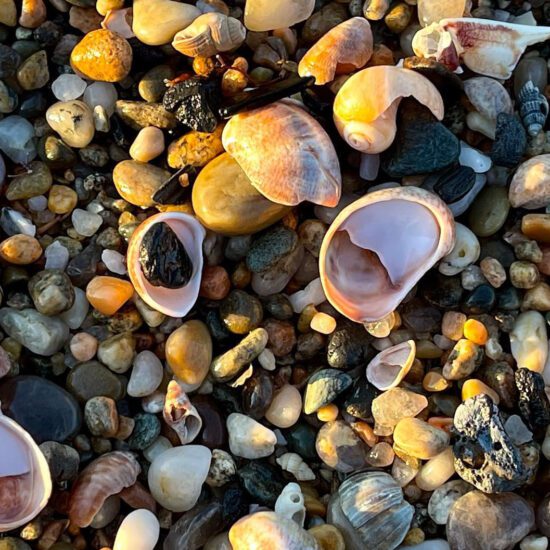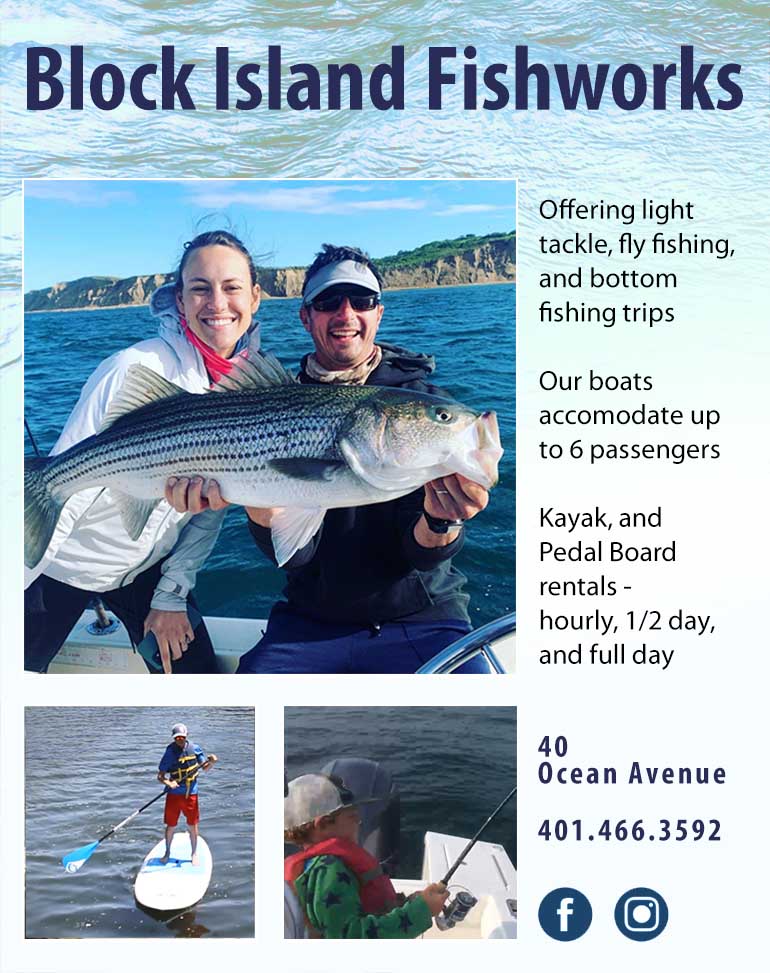
Birding on Block Island
There’s no better time to explore Block Island’s natural beauty than in early fall. The temperate weather allows you to get out into nature without extreme heat or cold. Early October also affords visitors to experience a spectacular yearly occurrence.
Block Island’s location and environment makes it a perfect landing point for migrating birds each fall. Birds use the island as a pit stop to rest and feed before continuing their way south. Since the island is so small, many different species can be found in close proximity to one another. This yearly event is a treat for both professional and amateur bird watchers alike!
If you’ve never been bird watching before, you’re in luck. We’ve compiled some information to help make your first trip something to remember!

What to Bring
First and foremost, wear good shoes. With over 28 miles of hiking trails on the island you’re going to want a pair that is both comfortable and, if possible, water-resistant. You never know what the weather might bring.
Next, you’re going to need the basics: a pair of binoculars, a field guide, and a notepad to record your sightings. Binoculars can run anywhere from a few bucks to hundreds of dollars. You don’t need to go crazy on your first outing, though. We’d suggest an economical pair with a decent magnification that’s easy for you to use and carry.
For field guides, there are many popular ones out there. A few we suggest are: Sibley Guide to Birds, Peterson Guide to Birds of North America, Kaufman Field Guide to Birds, & The Crossley ID Guide. Sibley and the Audubon Society also have their own birding apps if you prefer to go the digital route.

Where to Go
Block Island is unique in the sense that there are many different environments all within the span of less than 10 square miles. From shoreline, to fields, to marshes, and more there are many different areas for birds to find their ideal spots. In fact, nearly half of Block Island is considered a protected habitat.
The northern part of the island, specifically the Clay Head Preserve, is a great place to check out many different species of songbirds. If you’re interested in checking out migrating raptors, the southern part of the island is a good spot to explore. To the southwest is the Lewis-Dickens Farm and to the southeast are the Mohegan Bluffs. Of course, the shorelines and ponds, including the Block Island National Wildlife Refuge, are the best place to check out migrating shoreline birds and waterfowl.
Although there are a lot of open spaces, please be considerate of the residents of Block Island. Be aware of private property boundaries. Also, if you plan on bringing your 4-legged friend, be aware that some areas do not allow dogs. Please check before you venture out.

What You’ll See
Chances are the first birds you will see will be the usual suspects: blue jays, Canadian geese, robins, seagulls, etc. The more you wander, however, the more you’ll discover! Raptors such as peregrine falcons, kestrels, and merlins can be more readily found towards the southern end of the island. In forested areas, be on a lookout for many different varieties of wrens, sparrows, kinglets and woodpeckers.
Many other songbirds can be found in the fields and, if you’re lucky, you might even come across a Ring-necked Pheasant. And of course, a birding expedition to the island wouldn’t be complete without a visit to the ponds and shoreline. There you will find many species of ducks, cormorants, and seabirds including plovers, sandpipers, and egrets.
Bird watching can be a fun and relaxing activity when you have a great place to do it as well as the proper gear and information. Of course, being on Block Island during the changing of the seasons is just an added perk. So, grab those binoculars and book your trip. We look forward to seeing you!
Friends of a feather Sail Away…



























